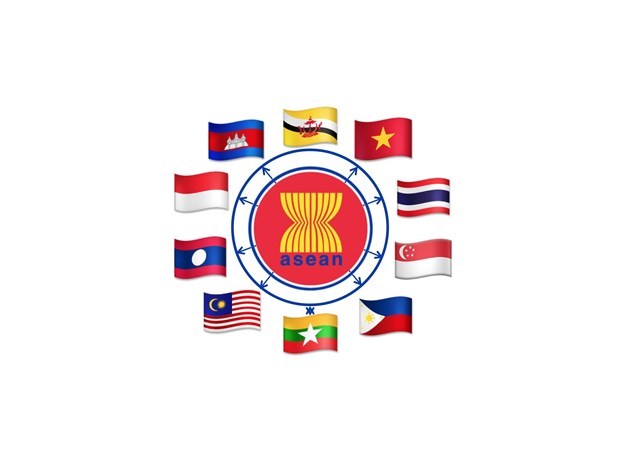 |
The 53-year history of the Association of Southeast Asian Nations (ASEAN) has proved that a united grouping with close linkages and combined national and regional interests will be able to maintain its central role.
The idea on an ASEAN Community was mentioned very early one, when ASEAN leaders adopted an ASEAN Vision to 2020 in 1997. In 2003, ASEAN leaders made the officially decision on building the ASEAN Community by 2020. Four years later, the leaders agreed to strive to realize the goal in 2015, five years ahead of the initial target.
Towards this goal, in January 2009, ASEAN leaders adopted a roadmap for 2009-2015 and blueprints to build the community’s three pillars – politics-security, economy, and culture-society, with more than 800 specific action lines. An ASEAN Charter was signed in November 2007 and took effect in December 2008, laying the legal foundation and institutional framework for the ASEAN Community.
Along with the building of the ASEAN Community, ASEAN also works toward deepening its relations with partners and maintaining its centrality in the region through cooperation frameworks integrated into the operation of each pillar of the ASEAN Community.
The bloc has become an important partner of many countries and regional and international organisations. All partners attach importance to their relations with ASEAN, promote their all-round cooperation with the bloc both multilaterally and bilaterally, assist the grouping in building the community and support its centrality in the region.
So far 93 countries have assigned their ambassadors to the ASEAN, while the grouping has established 54 ASEAN Committees in third countries and international organisations to promote joint work in issues of ASEAN interest and the bloc’s image.
The ASEAN has played the role as the main driver of cooperation and connectivity in East Asia, especially in economy-trade. Along with building the ASEAN Economic Community, the bloc has led the formation of a network of free trade areas (FTAs) with each important partner such as China, Japan, the Republic of Korea, India, Australia and New Zealand, as well as pushing ahead with diverse economic-trade cooperation programmes with major partners like the US, Canada, the EU and Russia. ASEAN is conducting negotiations on a Regional Comprehensive Economic Partnership (RCEP).
In the context of uncertainties in the world situation and rising competition among powers, ASEAN, with its geo-strategic position at the centre of the Asia-Pacific and Indian Ocean regions, is facing new opportunities and challenges.
The rise of protectionism and trade frictions among powerful countries is affecting economic and trade development in the world. Besides, the difference in development levels among ASEAN members, as well as increasing demands for deeper integration, requires member countries to have suitable economic policies. ASEAN is facing the question of how to maximize opportunities, well handle challenges and avoid the risk of lagging behind so as to continue with sustainable development.
Ambassador Kamsiah, head of the permanent Malaysian delegation to ASEAN, stressed that one of the major characteristics of ASEAN is consensus, which makes it different from other regional organisations.
ASEAN is considered a model of success of regional cooperation. Forums initiated by ASEAN have gathered many countries and appreciated by world powers.
The formation of the ASEAN Community at the end of 2015 was the culmination of ASEAN cooperation over the past five decades, turning the bloc into a more closely knitted organization with important role in the region.
A historic milestone, the establishment of the ASEAN Community bears specially importance to the bloc and the region as well as to each member nation. ASEAN has, and will always be an important factor to peace, stability and cooperation for development in the region, bringing practical benefits to each member nation, particularly in creating favourable environment and conditions for their socio-economic development and international integration.
From a region with divisions and differences, ASEAN has grown to become a growing united community of independent countries. With total population of nearly 650 million, ASEAN is a dynamic economy with GDP reaching 2,950 billion USD in 2018. The bloc has established its central position in regional structures with respect and cooperation with world powers and many partners in the world./. VNA